Introduction
This chapter covers the major types of coatings that are currently available for use and includes general information on the composition of coatings. It is intended to give basic information on coatings and is not a comprehensive guide to anti-corrosion coatings selection. The coating manufacturer is to be consulted if information on a specific product or coatings suitable for particular areas are required.
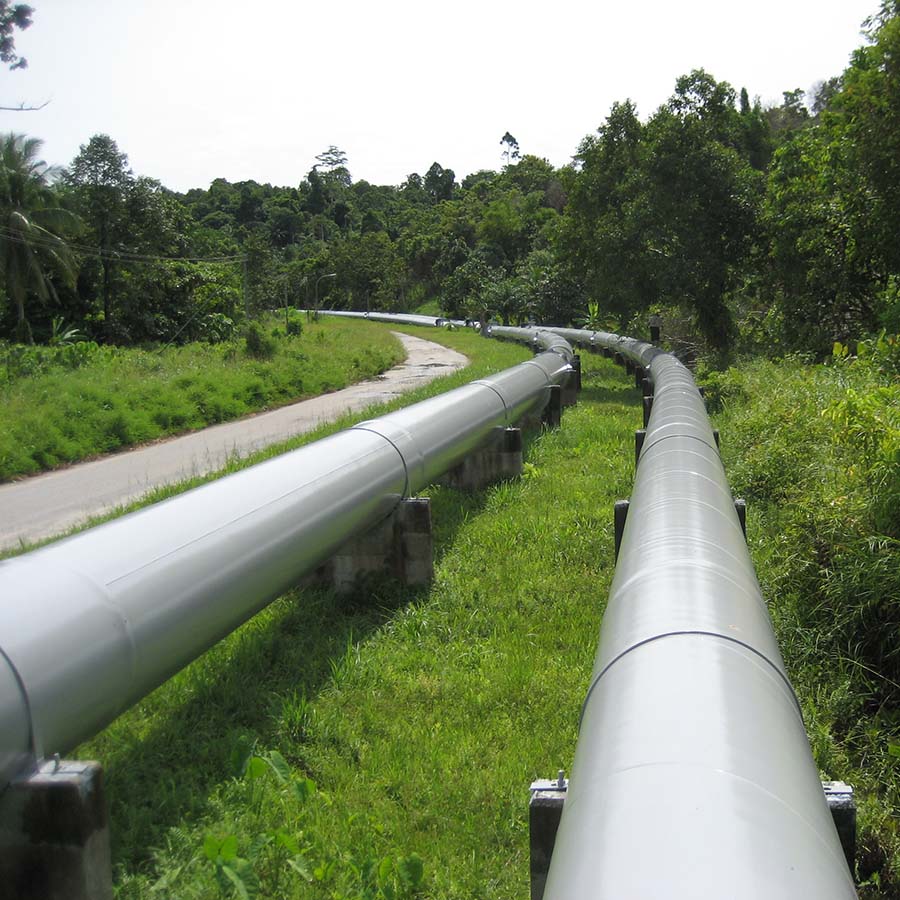
Coatings are often divided into two broad categories:
- products for application at new building and;
- products suited for maintenance and repair, which would include both major refurbishments and On Board Maintenance (OBM).
The types of anti-corrosion coatings used for OBM are often single pack products as this avoids the difficulties of measuring and mixing small quantities of two pack products, although small quantities of two pack products are sometimes available from paint manufacturers. Repairs carried out by the crew of vessels in service are rarely successful in the long term, due to the difficulties of preparing the surfaces to a sufficiently high standard.
In general, paints are either targeted for specific vessel areas and for specific functions for best performance, or universal coatings are available for all areas with a compromise in performance. In all cases, a balance between cost, performance and difficulty of maintenance has to be achieved. For example, anti-corrosive coatings used on the outside of the accommodation area have different performance requirements from anti-corrosion paints used in sea water ballast tanks as the corrosion stress placed on the latter is far greater. Ballast tanks are also much more difficult to maintain due to access difficulties and therefore the use of a highly effective (and often more expensive) coating is preferred to keep the steel in good condition.
In contrast, the holds of bulk carriers suffer from abrasion damage due to cargo impact and grab damage, which often leads to corrosion. Cargo holds used as ballast tanks during heavy weather can be particularly susceptible to corrosion at damage sites and a different coating is sometimes used for this cargo hold. This also applies to cargo tanks for oil carriers with a class notation for ‘Clean Products’, where any cargo tank may be used for heavy weather ballast.
Paint Composition
Paint can be described as a liquid material capable of being applied or spread over a solid surface on which it subsequently dries or hardens to form a continuous, adherent, film. Paints basically consist of three major components and many additives which are included in minor quantities. The major components are:
- Binder (also called vehicle, medium, resin, film or polymer)
- Pigment and extender
- Solvent
Of these, only the first two forms the final dry paint film. Solvent is necessary only to aid paint application and the initial film formation, but inevitably, some solvent is always retained in practice depending upon the level of ventilation.
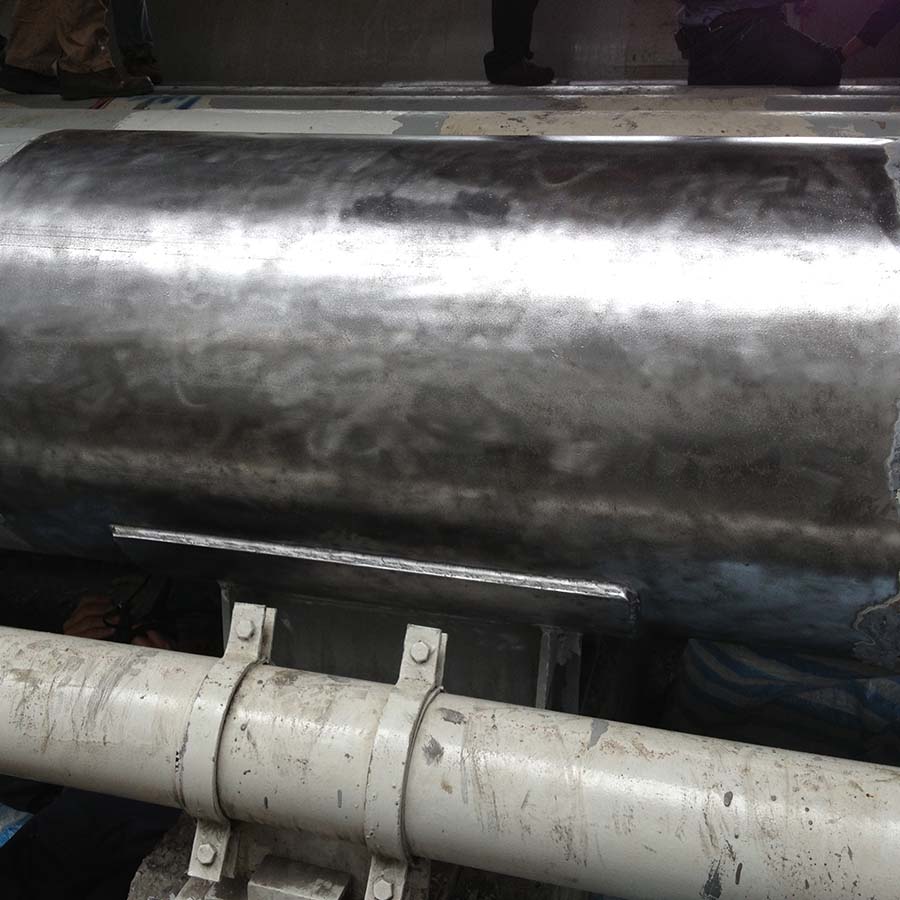
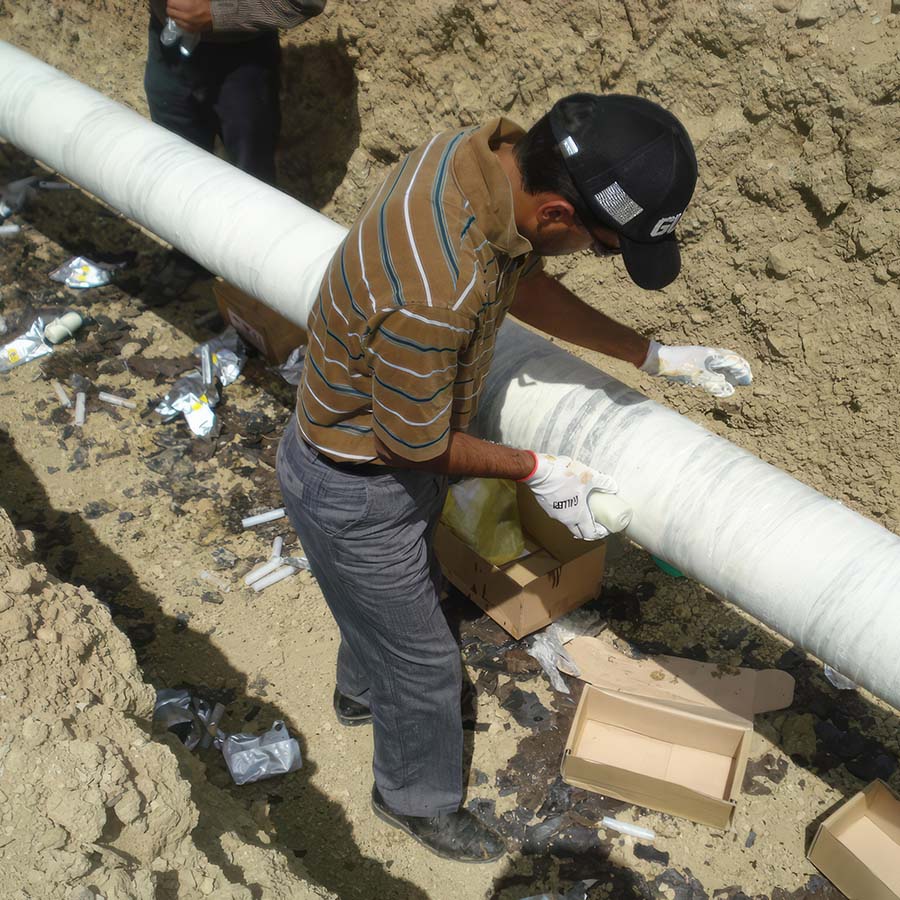
Binders
Binders are the film forming components of paint which determine the principal characteristics of the coating, both physical and chemical. Paints are generally named after their binder component (e.g. epoxy paints, chlorinated rubber paints, alkyd paints, etc.). The binder forms a permanent continuous film which is responsible for adhesion to the surface and which will contribute to the overall resistance of the coating to the environment. Binders used in the manufacture of paints fall into two classes, thermoset and thermoplastic. A thermoset coating when dry will be chemically different from the paint in the can. Thermoset coatings are not affected by solvents once cured.
With a Thermoplastic coating, the dry film and the wet paint differ only in solvent content and chemically, these remain essentially the same. If the solvent originally used is applied to a thermoplastic coating, it will soften and can be re-dissolved in that solvent.
Cross-linked (Thermoset) Coatings
These coatings are usually supplied in two separate packs which are mixed together immediately before application. In liquid paints where solvent is involved, drying is considered a two stage process. Both stages actually occur together but at different rates.
Stage One: Solvent is lost from the film by evaporation and the film becomes dry to touch.
Stage Two: The film progressively becomes more chemically complex by one of the following four methods:
- Reaction with atmospheric oxygen, known as oxidation.
- Reaction with an added chemical curing agent.
- Reaction with water (moisture in the atmosphere).
- Artificial heating.
This transformation in the paint is known as drying or curing. The films formed by the above methods are chemically different from the original binders and will not re-dissolve in their original solvent.
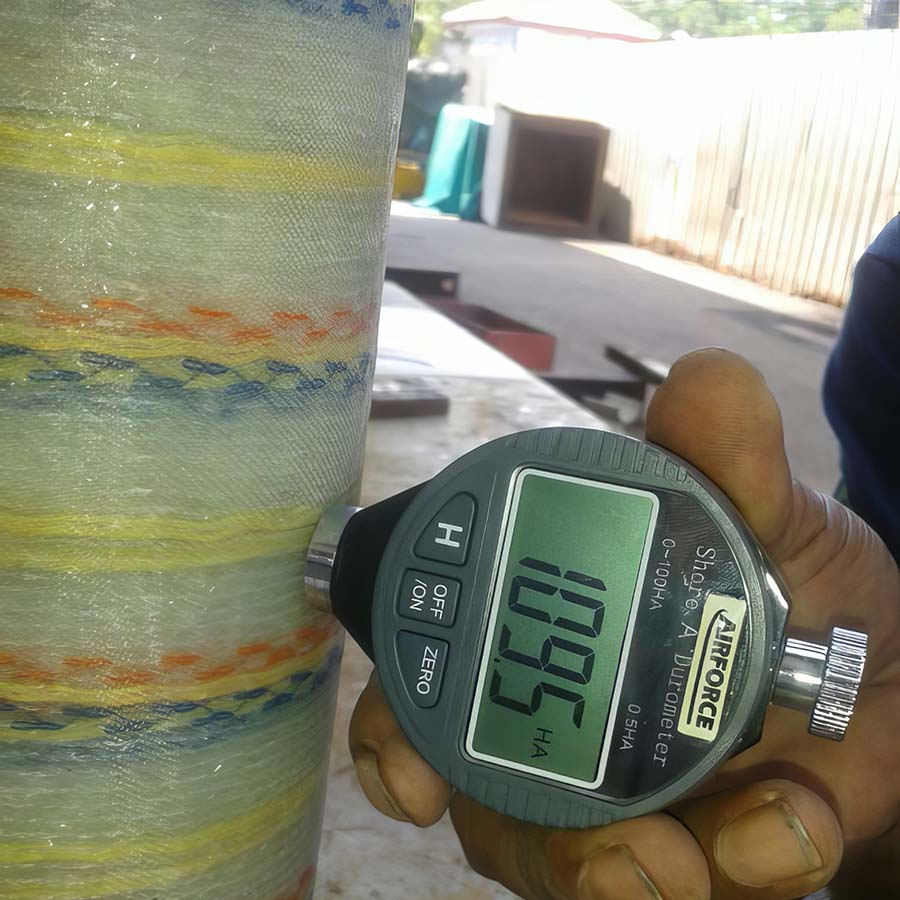
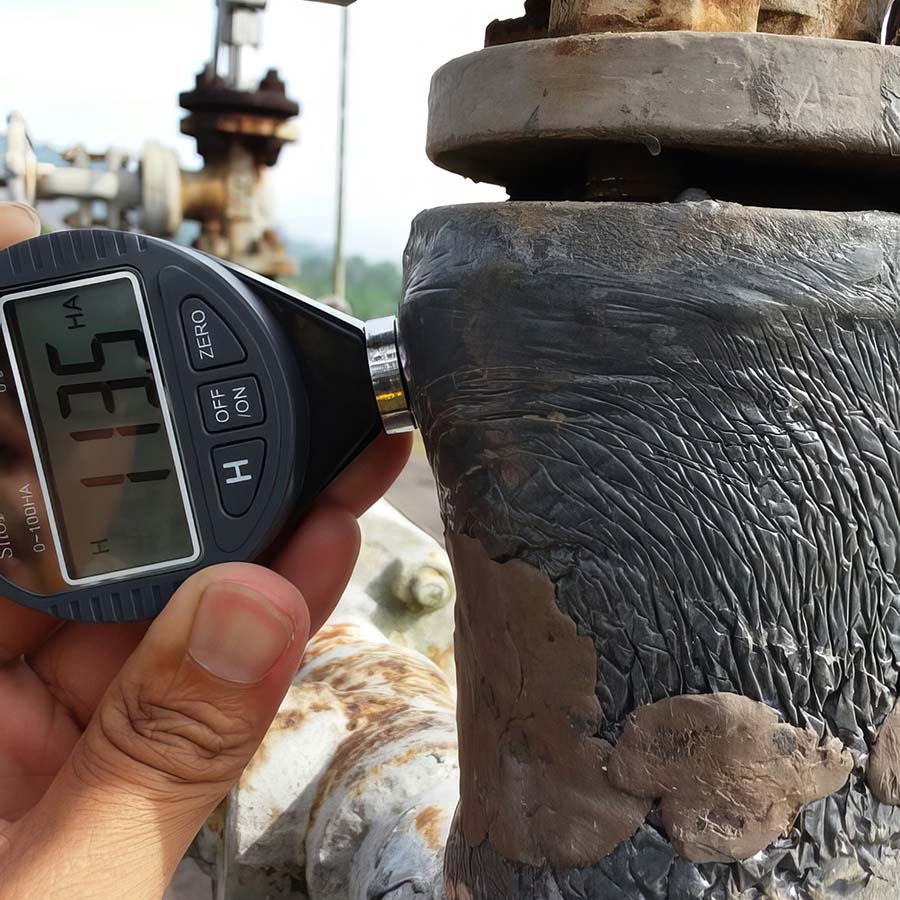
Epoxy Resins
These resins are particularly important and their development for use as binders was one of the most significant advances in anti-corrosion coating technology. The rate of cross-linking or curing is dependent on temperature. Below 5°C the curing rate of standard epoxies is considerably reduced and to obtain optimal film properties full cure is essential. Epoxies with special curing agents will cure or set at temperatures down to –5°C. It is essential that the coating manufacturer’s recommendations on application temperatures are strictly followed, to ensure that the coatings are effective in service.
The choice of curing agent is very important as with the base, this determines the properties of the film. There is a wide choice of both resins and curing agents which allows for formulation of products to suit most applications. Epoxies are used in both underwater and above water situations and show good resistance to many marine environments, including cathodic protection utilizing zinc or other anodes, but they have a tendency to chalk in sunlight. This process occurs when the binder is degraded by ultra violet light to produce a loose and friable surface, with the pigment particles remaining on the surface.
Polyurethane Resins
These are polymers formed by reaction between hydroxyl compounds and compounds containing isocyanates. In two-pack systems a special polyether or polyester resin with free hydroxyl groups is reacted with a high molecular weight isocyanate curing agent. A possible problem with these materials is their water sensitivity on storage and on application. Transport and storage should be in strict compliance with the manufacturers’ recommendations. Due to their poor curing properties at low temperatures manufacturers’ recommendations must be followed during application.
Polyurethane resins have excellent chemical and solvent resistance and are superior to standard epoxies in acid resistance. Epoxies are more resistant to alkaline than polyurethanes. Polyurethane finish coats are very hard and have extremely good gloss, gloss retention, and can be formulated to be non-yellowing. However in some instances, they can be difficult to overcoat after ageing and require very clean surfaces for optimum adhesion. Because of the isocyanate curing agent, there is also a potential health hazard when sprayed which can be overcome with the appropriate protective equipment.
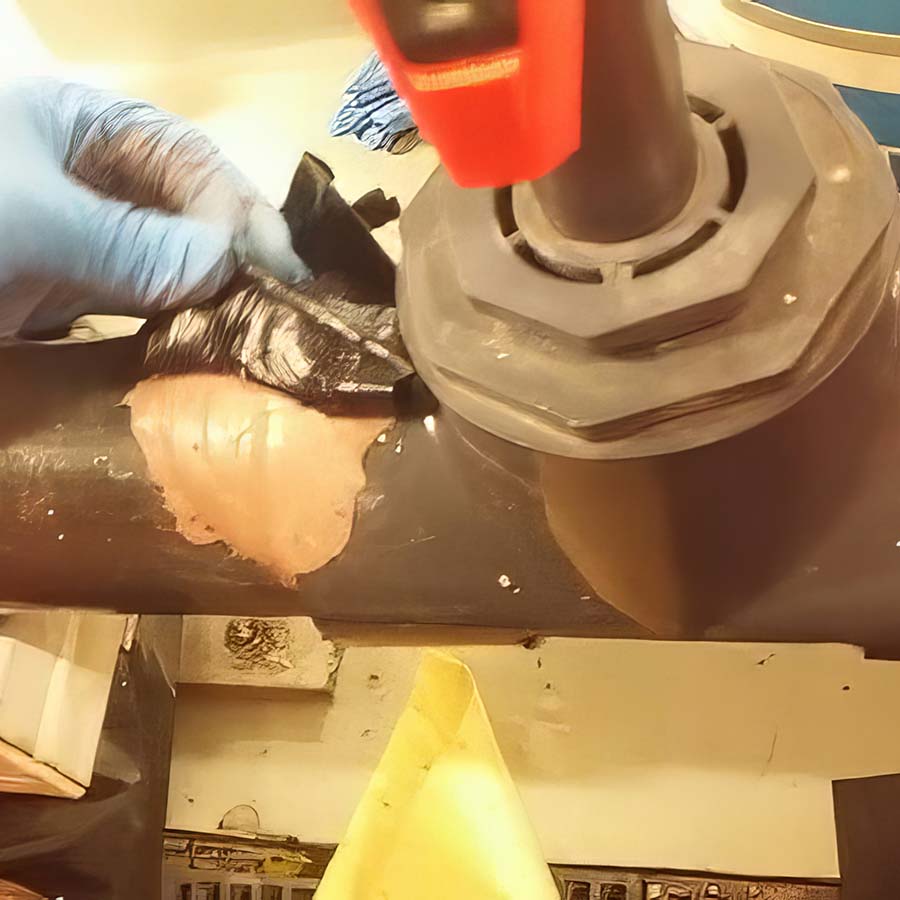
Alkyd Resins
Alkyd resins are formed by the reaction between a special organic acid (e.g. phthalic acid), a special alcohol (e.g. glycerol or pentaerythritol) and a vegetable oil or its fatty acids. The final properties of the alkyd depend on the percentage of oil (termed ‘oil length’) and also on the alcohol and organic acid used. Alkyds are not resistant to acids or alkalis and many of the modifications given below are aimed at improving this weakness, however, none provide complete resistance. Alkyd resins can be further modified with different resins for specific purposes.
Inorganic Resins
These types comprise the silicates which are almost always used in conjunction with zinc dust. There are water-based inorganic silicates based on lithium, potassium, or sodium silicate and solvent based inorganic silicates normally based on ethyl silicate. Coatings based on these resins are very hard, corrosion resistant and temperature resistant. They require a good standard of surface preparation and are often repaired using organic coatings. The zinc in the inorganic resins can dissolve under acid or alkali conditions, but the coatings perform well under neutral pH and are often used as tank coatings.
Thermoplastic Coatings
These types of paint binders are simple solutions of various resins or polymers dissolved in suitable solvent(s) and are usually supplied as one pack products, making them especially suitable for maintenance work. Drying is simply effected by the loss of the solvent by evaporation. This is termed physical drying as no chemical change takes place. The resulting film is therefore always readily soluble in the original solvent and can also be softened by heat. Since these coatings, by definition, require the presence of significant amounts of solvent, they are disappearing from markets where volatile organic content is regulated, particularly the USA and the EU. Generic types of binders in this category include:
Chlorinated Rubber Resins
Chlorinated rubber resins have good acid and water resistance on well-prepared surfaces. Their temperature sensitivity can lead to various film defects when used in very hot climates. In addition, white and pale colors have a pronounced tendency to yellow when exposed to bright sunlight. Chlorinated rubber paints will dry at low temperatures and give good inter-coat adhesion in both freshly applied and aged systems, making them suitable for maintenance purposes.
Vinyl Resins
Vinyl resins are based on film forming polymers consisting of varying ratios of polyvinyl chloride, polyvinyl acetate and polyvinyl alcohol. Plasticizer types used are tricresyl phosphate or dioctyl phthalate. Higher volume solid materials can be produced by blending the vinyl resin with other materials such as acrylic resins. Generally the film properties and weathering characteristics also show good low temperature drying and inter-coat adhesion characteristics. Coal tar can be added to increase water resistance.
Pigments and Extenders
Pigments and extenders are used in paints in the form of fine powders. These are dispersed into the binder to particle sizes of about 5-10 microns for finishing paints and approximately 50 microns for primers.
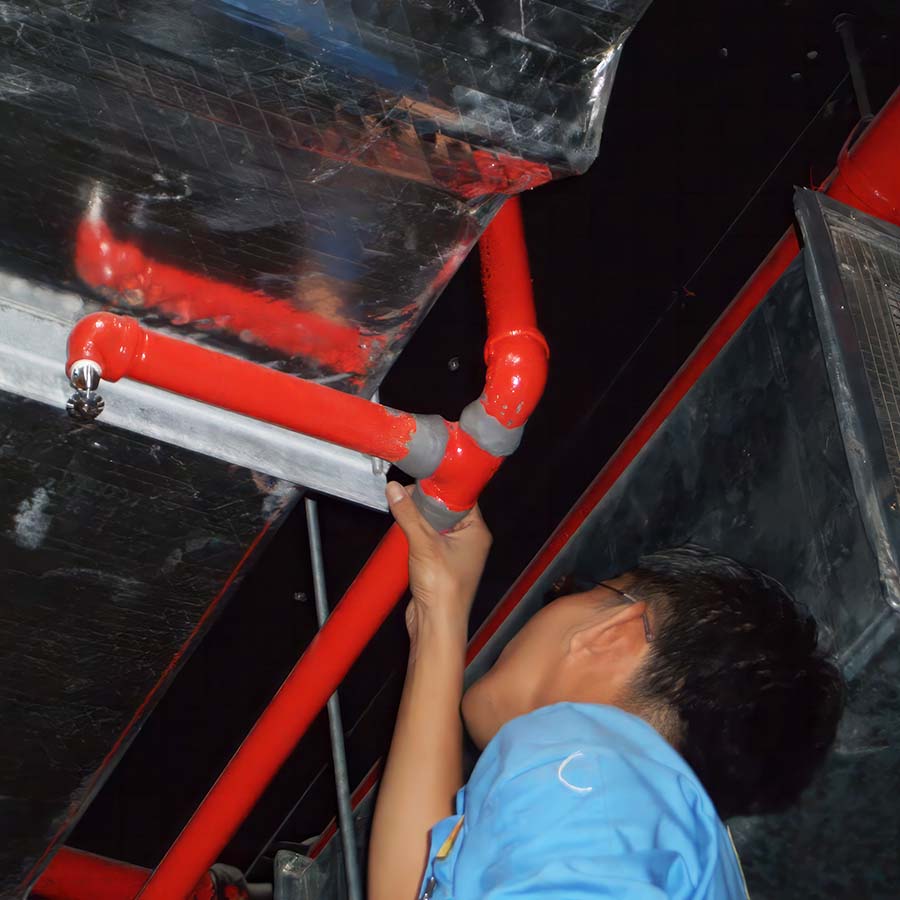
Anti-corrosive Pigments
1. Zinc
Metallic zinc is widely used in primers giving resistance to corrosion of steel. Initial protection is by galvanic action. However, as the coating is exposed to the atmosphere, a progressive build-up of zinc corrosion product occurs, producing an impermeable barrier with little or no galvanic protection. To give good galvanic and barrier protection, high levels of zinc are required, about 85% zinc in the dry film by weight. Resins which may be considered are epoxies and silicates. Obviously, for the zinc to function correctly it has to be in intimate contact with the steel substrate and therefore good surface cleanliness prior to application is essential.
2. Aluminum Pigments
Metallic aluminum flake is commonly used as an anti-corrosive pigment and acts as an anti-corrosive by producing a circuitous pathway for water and ions around the lamellar flakes, as well as absorbing oxygen to give aluminum oxides, which block pores in the coating. Where the aluminum is in contact with steel, a limited cathodic protection mechanism will also operate, although when used on tankers and product carriers, the aluminum content in the dry film should not exceed 10 percent to avoid possible spark hazards where flammable gases build up.
3. Zinc Phosphate
This is also a widely used anti-corrosive pigment and it is thought that under normal exposure condition protection is afforded by a barrier effect, since high pigmentation levels are needed to give adequate anti-corrosion protection. Zinc phosphate can be incorporated into almost any binder and, because of its low opacity or transparent nature, paints of any color can be produced.
Coloring Pigments
These pigments provide both color and opacity and can be divided into either inorganic or organic types. The most common coloring pigment is titanium dioxide, which is white. In paint, all pigments are normally dispersed to a very fine particle size in order to give maximum color and opacity (hiding power). Traditionally, bright colors were obtained using lead and chrome pigments. However due to health and safety concerns, these are less common. Now organic pigments are used instead but the opacity is not as high with these products.
Extender Pigments
As the name suggests, they basically adjust or “extend” the pigmentation of the paint until the required pigment volume concentration (PVC) is achieved. Extender pigments are inorganic powders with various particle shapes and sizes. Although making little or no contribution to the color opacity of the paint, they can have significant influence on physical properties. These include flow, degree of gloss, anti-settling properties, spray-ability, water and chemical resistance, mechanical strength, hardness and firm build (volume solids, hold up thixotropy). Mixtures of extenders are often used to obtain the desired properties. They are relatively inexpensive when compared to resins, anticorrosive pigments and coloring pigments.
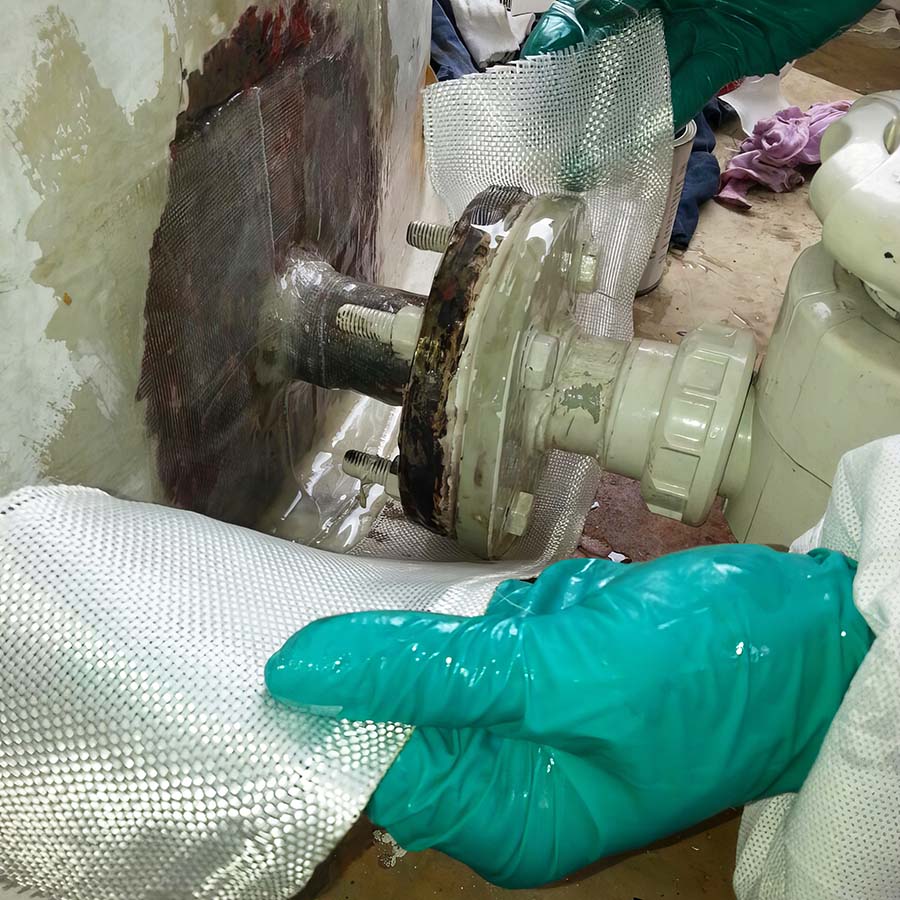
Barrier Pigments
The most common types of these pigments are aluminum (leafing aluminum) and Micaceous Iron Oxide (MIO). Both have particle shapes which are termed lamellar (plate-like). These materials can be used in combination, the aluminium lightening the almost black shade of MIO. MIO pigmented films have durability, but to achieve this, high levels of MIO are necessary in the order of 80% of the total pigment. Aluminum has been used for many years as the principal pigment in paints for use. The lamellar shape helps to make the film more water impermeable. Glass flake is also used as a barrier pigment.
Solvents
Solvents are used in paints principally to facilitate application. Their function is to dissolve the binder and reduce the viscosity of the paint to a level which is suitable for the various methods of application, such as brush, roller, conventional spray, airless spray, etc. After application, the solvent evaporates and plays no further part in the final paint film. Liquids used as solvents in paints can be described in one of three ways:
- True solvents – A liquid which will dissolve the binder and is completely compatible with it.
- Latent solvent – A liquid which is not a true solvent. However, when mixed with a true solvent, the mix has stronger dissolving properties than the true solvent alone.
- Diluent solvent – A liquid which is not a true solvent. Normally used as a blend with true solvent/latent solvent mixes to reduce the cost.
Binders will only tolerate a limited quantity of diluent. There are numerous solvents used in the paint industry and this is partly due to the number of different properties which have to be considered when selecting a solvent or solvent mixture. In addition to commercial factors such as price and availability, properties include toxicity, volatility, flammability, odor, compatibility and suitability. In some countries, certain types of solvents are not allowed. This is especially true in the USA, where the Hazardous Air Pollutant Substances Act, (HAPS) dictates a timeline for removing many solvents and extenders from coatings. Application properties, dry times and overcoat windows will most likely be affected as this Act is implemented.
Anti-corrosion Paints
With few exceptions (such as anti-fouling paints, cosmetic effects, fire retardants, etc.), the majority of coatings applied to a vessel are used for anti-corrosion protection. There are many types of anti-corrosion coatings, but epoxy paints generally cover the greatest area on a vessel, particularly when they are used in sea water ballast tanks. In recent years there has been debate about the terminology used for epoxy coatings and the following are in common usage:
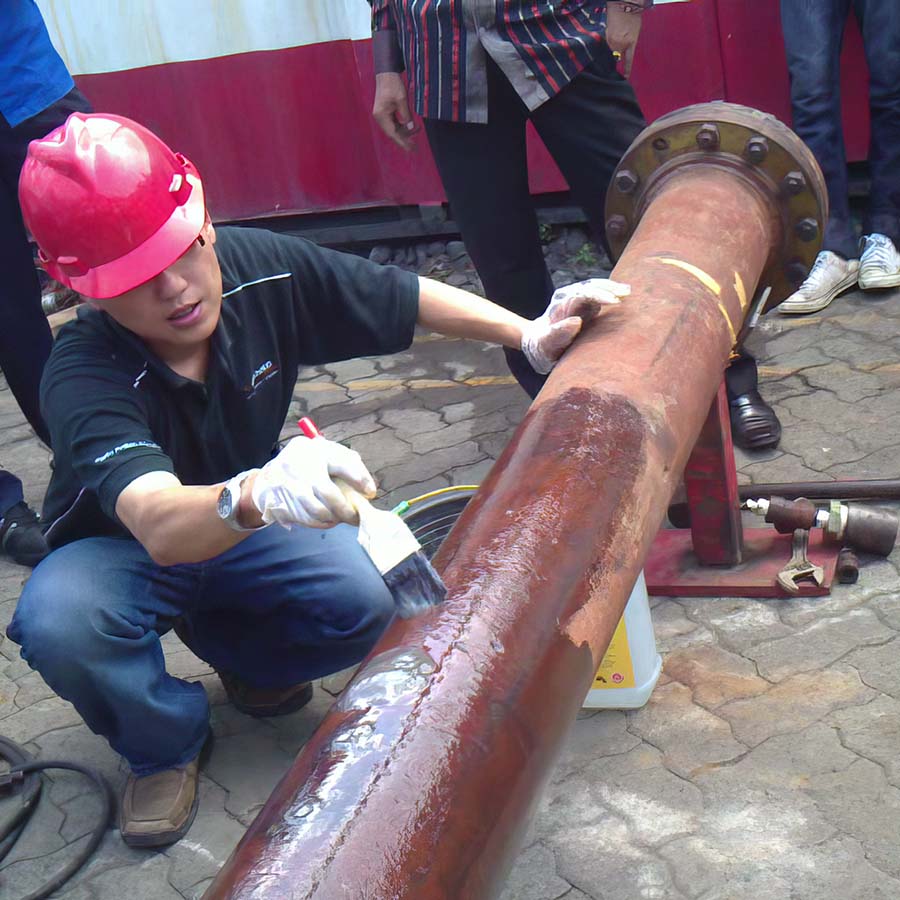
1. Pure Epoxy
Pure epoxy coatings are generally regarded as paints which contain only epoxy polymers, the cross linking agent, pigments, extenders and solvents. The coatings contain high levels of epoxy binder and are therefore expected to provide the maximum possible performance from a coating in terms of anti-corrosion protection, long life and low maintenance. In addition, some products also claim abrasion-resistance properties. Other pigments such as aluminum can be added to pure epoxy coatings to provide additional anti-corrosion performance. Epoxy Phenolic coatings can be used in cargo tanks where a high level of additional cargo resistance is required, such as on oil-product and chemical carriers. Special care needs to be taken with the surface preparation; curing the coating by heating the tanks may be necessary. Coating manufacturers will advise on the specific requirements for each tank.
2. Modified Epoxy
Also known as epoxy mastic, tar-free epoxy and bleached tar epoxy, this group covers a wide range of products and anticorrosion performance capabilities. In service, modified epoxies can be effective. However, as there are many possible modified epoxy formulations it is not possible to make generalizations on their anti-corrosion performance. Modified epoxies can contain non-epoxy materials which are capable of cross-linking into the final film. They may also contain non-reactive materials, either solid or liquid, which do not take part in film formation, but remain like pigments or extenders in the final coating. If these materials are water (or cargo) soluble, they can leach out over an extended time period leaving a porous or brittle film with reduced anti-corrosive properties.
3. Coal tar Epoxy
Coal tar is a naturally occurring product. Coal tars are available in a wide range of types from liquid to solid. The inclusion of coal tars in a coating results in a very dark brown or black color to the coating, which can be slightly lightened by the addition of aluminum flake pigment for lighter colored paints. However it is unlikely that coal tar epoxies will be sufficiently light in color to be used in compliance with the IMO PSPC 4.4 Table 1 Item 1.2 requirements for the final coat. A light colored, non-tar based epoxy top coat can be used over a tar based first coat. However, tar “bleed through” may discolor the top coat. Certain constituents of the coating can leach out over long periods of time, leaving a more brittle and less protective coating. Coal tar epoxies have a long track record in service and generally have performed well. Since the 1990s they have been phased out of ballast tanks due to health and safety issues for the coating applicators and the recommendation for light colored coatings to aid inspections in ballast tanks.
4. Solvent-free Epoxy
Solvent-free (sometimes referred to as 100 percent solids) paints are, as the name implies, formulated and applied without the need for additional solvents, thereby overcoming the problems of retained solvents in the coating. The viscosity required to spray the paint is obtained from the selection of low molecular weight raw materials or by heating and the use of plural component systems. Typical applications include ballast and cargo tanks. They are sometimes used where volatile organic components (VOC) removal is difficult due to poor ventilation, although it should be noted that the VOC for solvent-free systems is not necessarily zero. Typical applications for solvent-free coatings include the inside of pipe work, some tanks and other areas where adequate ventilation cannot be provided or for areas where stringent VOC controls are in force.
Impact and Abrasion-resistant Coatings
This type of coating is generally applied to the areas of ships which are most susceptible to damage, such as boot-tops and decks, and are sometimes used for the holds of bulk carriers. The regions around suction pipe ends and bell mouths are occasionally coated with abrasion-resistant coatings as these areas can be subjected to damage from the high flow rates of the cargo or ballast water and may suffer from erosion due to the presence of sand or small particles of debris in ballast water. Coatings which are described as abrasion- or damage-resistant exhibit an increased resistance to cargo damage, but will not be able to withstand the severe impact of grabs and hold cleaning equipment which results in deformation of the steel itself.








